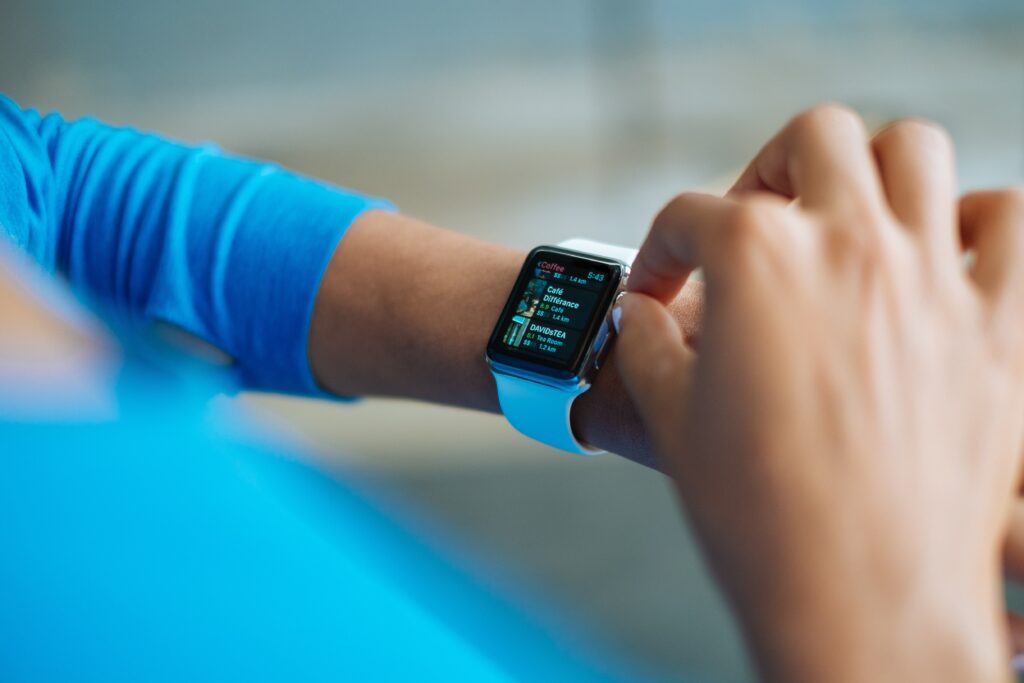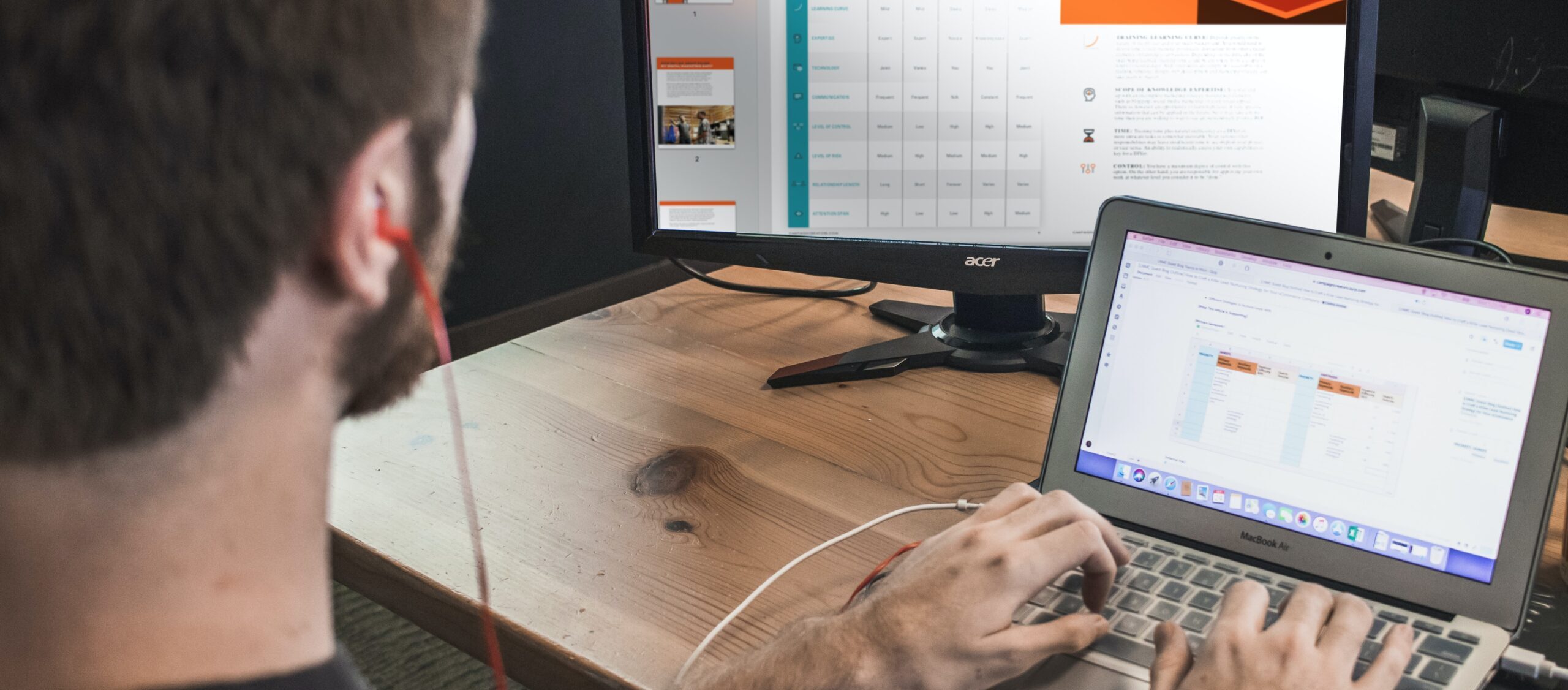It’s 6:43 a.m., you’ve set your alarm clock to wake up, not because you set it punctually to the minute, but because the sensors in your mattress indicated that it was the lightest and therefore the best time for you to sleep. You can already smell the coffee and warm bread. Your cell phone “warned” your new Bimbi to start baking bread at 6:09 a.m. so it would be perfect when you woke up. You can also hear the nespresso machine working. By the way, it’s already on its last coffee capsules, but don’t worry, because your nespresso has already ordered more, directly, through the company’s e-commerce site and they will arrive in two days. We’re not talking about the Jetsons or Back to the Future… Welcome to the “Internet of things”, one of the current big trends that magazines like Wired and Harvard Business Review have dedicated several covers to.

It is estimated that by 2020 there will be 50 billion objects connected to the internet. These devices will provide continuous information and measure the environment in which we live. At the same time, each of these objects will be connected to the internet and also to each other. Reducing the price and size of processors will make it possible to put a “mini computer” in each object, which increases the number of functions it can perform and, at the same time, learn and optimize its functions. The increase in the current information processing capacity (big data) will make it possible to draw conclusions and make adjustments in real time from each of these devices. As such, we will have an environment that changes and learns as we interact with it.
For businesses, this type of technology represents a shift in several areas. According to Tom Peters, this is the first internet revolution that directly impacts the product and will rethink many business models. Continuous information gathering with customers will generate closer relationships and create barriers to switching to another brand or company. At the same time, more detailed information will give the user a greater understanding of the performance of each product and therefore choose the right one for them. A golf club manufacturer might develop a new club with sensors that study the player’s characteristics, helping them to improve. These sensors will force many companies, which until now were manufacturers, to develop more integral solutions that involve the whole experience. They can develop new analysis software, applications, etc., which implies a greater opportunity to sell associated services, but also a greater commitment to technological development. Again, programmers and mathematicians will be an essential part of companies.
While this technology opens up a host of new possibilities, there are several major challenges for the “internet of things”, such as the issue of security. The number of different products and the lack of security updates on older models can leave openings for hackers. These security flaws can have mild but also highly dangerous consequences, such as leaving the gas open on a stove burner overnight without a flame.
The digital world and the physical world continue to integrate more and more organically and therefore, we must start rethinking current business models to adapt them to this new reality.

